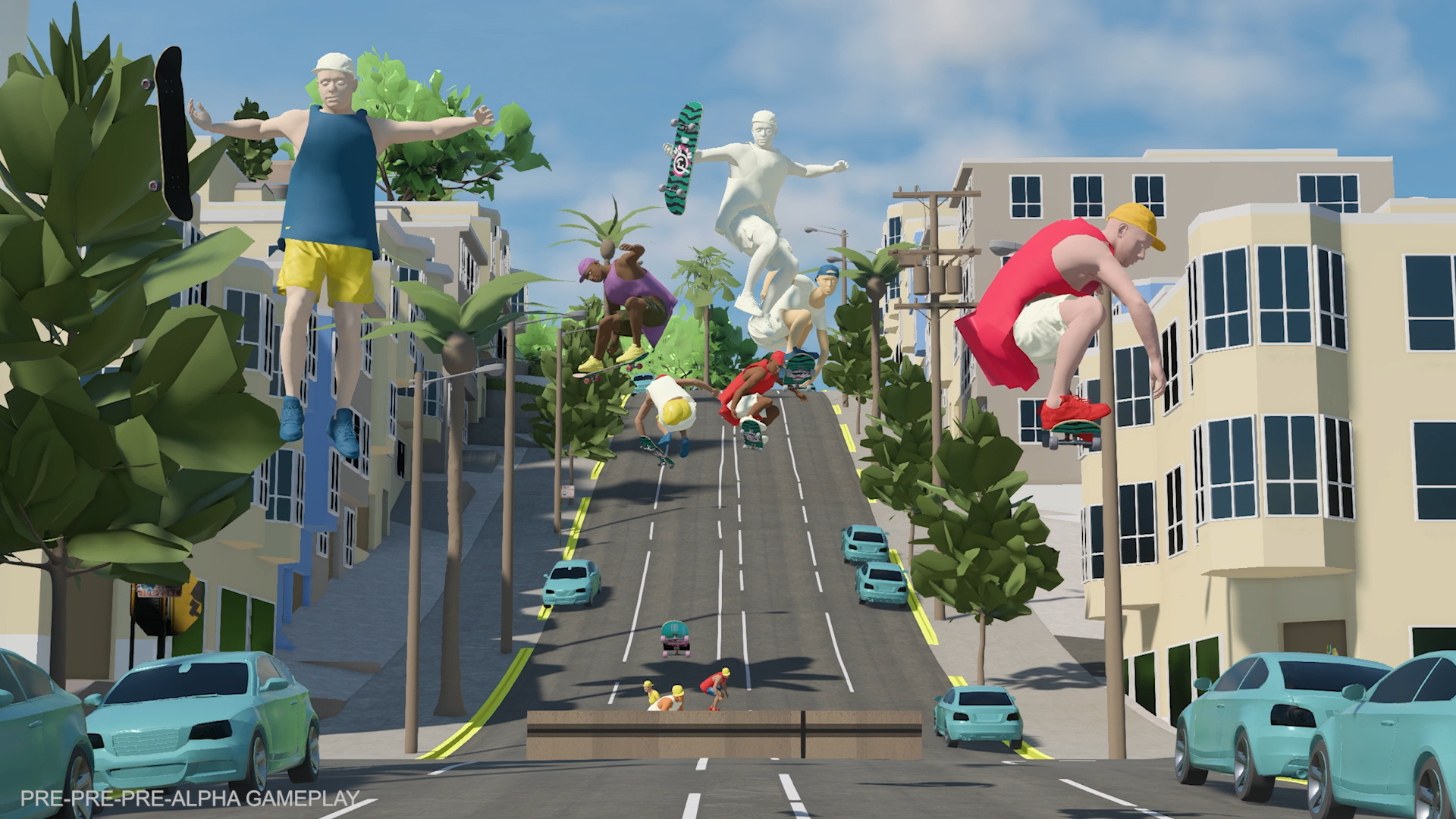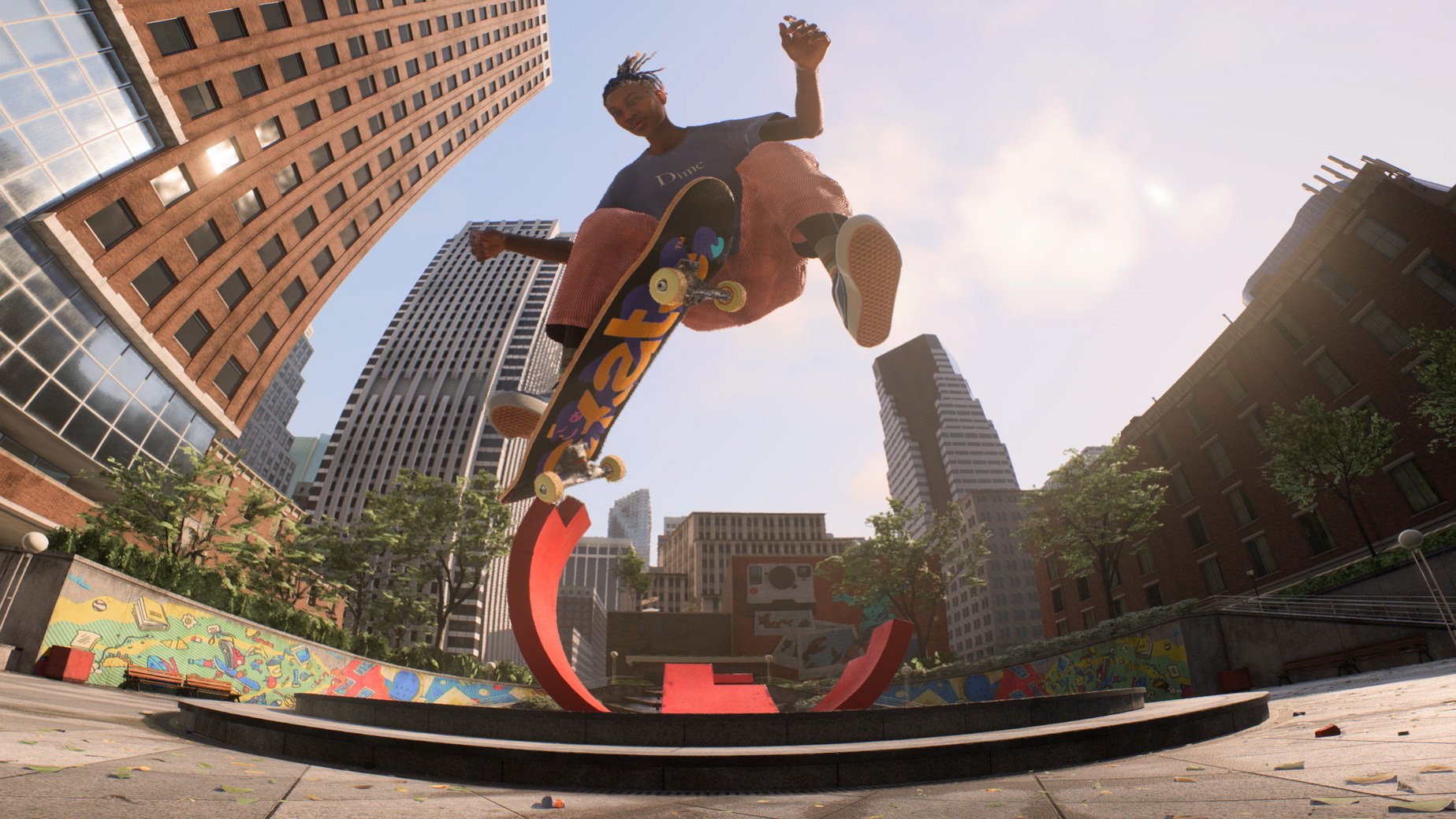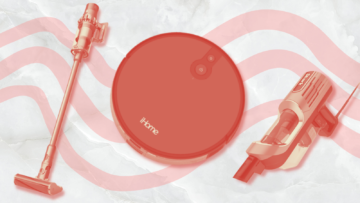It’s OK if you don’t remember Skate. The series debuted 15 years ago and Skate 3, the last one we got, was released in 2010.
Now, the skateboarding series is set to return. Fans in the lively Skate community who have been hanging on every tease and rumor for the past 12 years had their wishes answered on Thursday when Electronic Arts revealed the return of Skate, with the upcoming when-it’s-ready release, Skate (stylized as skate.).
The first details were unveiled in the first episode of “The Board Room,” a roughly 20-minute chat with some of the people behind the series revival. The biggest takeaway from that reveal is the release plan: Where the original three Skate games were your typical $60 releases on disc, the new Skate will be free-to-play.
I’ll get to how that new approach ripples into other facets of the upcoming game in a bit, but let’s talk about Skate the series first. If you weren’t caught up on gaming back in the late aughts when Skate had its moment, there’s a good chance it completely passed you by.
Why is Skate such a big deal?
Let’s set the scene a bit. Skate‘s arrival in 2007 didn’t have the greatest timing. At that point, the excellent and wildly popular Tony Hawk series had been around for close to a decade, but fatigue had set in thanks to a pattern of annual releases and diminishing creative returns in each new entry. For all its excellence, Tony Hawk was running short on innovative ideas and found itself mired in a rut of sequels that leaned on iteration more than innovation.
The Tony Hawk schtick worked for as long as it did because it was just so darn compelling. A lot of it had to do with the basic appeal of stepping into the shoes of your favorite pro skater and performing superhuman feats on their board that, in most cases, were physically impossible in real life. Simple controls powered that fantasy, relegating complex maneuvers like ollies and grinds to single button presses.
Where the original three Skate games were your typical $60 releases on disc, the new Skate will be free-to-play.
Neversoft, the studio that created the Tony Hawk series, also had a particular talent for building labyrinthine maps that were filled with secrets and hidden trick lines. The appeal of hopping on your board and riding around to take in the sights is just as responsible for Tony Hawk’s success as the blockbuster tricks. Especially with the forgiving yet thoroughly engaging play mechanics which prioritized keeping players upright and in motion as much as possible.
Fantasy wish fulfillment is the selling point in that combo. It clicked with an audience immediately, and for a very long time the series was a genre unto itself, with no realistic competitors. Then Skate came along. Skate represented something completely different.
The now-defunct studio EA Black Box had a pitch in mind for virtual board enthusiasts that focused more on each player’s personal investment in technical excellence and culture. You’re not choosing your skater from a roster of pros, you’re creating an avatar to call your own. The world you cruise into is more aesthetically and physically grounded in reality than you’d find in Tony Hawk. That leaves less space for exploration and discovery, but finding secrets isn’t the point. You’re here to become a master skater.
That design philosophy springs to life in Skate‘s most difference-making feature of all: the control scheme. Skate‘s unique “Flickit” controls essentially mapped the physical mechanics of real-life skateboarding onto a standard game controller, turning the right thumbstick into an analogue for your virtual skater’s body. A slight change in how you move the stick determines what kind of ollie, kickflip, or manual you pull off.
It’s much more complicated than Tony Hawk’s button-centric approach, and the execution boils down to a philosophical difference. Where Neversoft’s games looked at the controller as an engine empowering the tricks themselves, EA Black Box instead saw the controller as a physical extension of your in-game skater. When you move that right thumbstick, it’s shifting that body’s weight; when you pull the left or right trigger, it’s telling your skater to grab hold of the board with their corresponding hand.
In that way, Skate gets players thinking actively about the mechanics of skateboarding. In real life skating, you perform an ollie by pressing down firmly with your back foot as you let your front foot move in tandem with the board, and then jump as the back of the board strikes the pavement. Do this correctly and physics take care of the rest as you catch some air. Skate‘s ollie applies that same principle to the thumbstick, as you pull back and then quickly flick forward to pull one off.
It’s an intuitive thing to grasp, but there’s a lot of complexity and nuance baked in, as slight variations in how you move the stick influence the type of ollie (or kickflip or manual) you ultimately pull off. Therein lies the fun, challenge, and primary appeal of Skate: It’s a skateboarding game whose mechanics are powered by the underlying physical concepts of skating.
The subsequent Skate releases built on that basic framework with more story, bigger worlds, and a growing investment in online play. Sequels continued to garner critical praise and growing investment from an ardent fan community. But the series was ultimately the victim of bad timing. Fatigue had fully set in by the time Skate and its sequels came along with fresh innovations. A community formed and continued to stick with it right into the 2020s, but EA quickly moved on from the genre.
How will the Skate comeback work?
As we learned in Thursday’s inaugural episode of “The Board Room,” the new Skate won’t cost players a dime to play up front. And as the in-game map grows over time, those additions to the world also won’t cost anything, either. The money that pays for all this work has got to come from somewhere, though. That’s where virtual skater swag will come in.
The specifics of how it will all work aren’t currently clear. We know EA won’t be selling gameplay advantages or offering any other kind of “pay-to-win” situation. The virtual goods you’ll acquire in Skate are purely cosmetic, and they’re more about the skater lifestyle and giving players more ways to personally express themselves.

Credit: Electronic Arts
Skate also won’t mess with loot boxes where spending money gets you a random collection of items in what amounts to the video game equivalent of a slot machine. They used to be popular in games like this, but EA got a hard lesson in their waning popularity in 2017 when outrage rippled through the Star Wars: Battlefront II community over the then-unreleased game’s overly complicated system of unlocks and its heavy dependence on loot box randomness.
We can only speculate about Skate‘s specific approach to in-game purchases, but it’ll probably line up with the way many of the more popular free-to-play games work these days. One distinct possibility is a Fortnite-style “Battle Pass” which ties specific items to level progress. EA could also be planning an in-game store where you just buy any gear you like, a la carte. A mix of the two is probably the best option from a player perspective, especially if the plan is for Skate to receive major updates and additions on a seasonal basis.
Whatever approach the development team lands on, I’d say that the fundamental shift of making Skate a free-to-play game is the right move. As a series that is deeply steeped in the technical elements and culture of skateboarding, any 2022 comeback needs to have a strong online presence and a world that feels as much like a platform for self-expression as it does a video game.
Community and expression are central to Skate, and they seem to be leading the way in this exciting revival.
Social play is the key here. Skate is playing the community-and-culture game first and foremost. It’s clearly evident in “The Board Room” video, where the various speakers consciously nod to, and voice appreciation for, the players who have kept the dream of a new game alive over the past decade-plus.
It’s genuine and heartfelt, clearly, but it’s also calculated: For Skate to work the way EA needs it to (i.e. as a money generator), the community has to show up. If they invest in the idea of an actively social gaming space for virtual skateboarding shenanigans, they’re more likely to want to express themselves in other ways, with EA’s income-creating cosmetic items.
It’s the same secret sauce that powers a game like Fortnite. The battle royale is fun on its own, and regular updates from Epic Games keep the overall experience from getting stale. But cosmetics that let you wield Captain America’s shield or turn your avatar into the likes of Darth Vader, Naomi Osaka, or Bruno Mars are the “X factor,” the key piece of the puzzle that ties everything together.
It’s still early days for Skate, with no hard release date and creators at EA openly admitting that all things beyond the essentials are in the earliest stages of development. “The Board Room” even hints at some bigger, wackier tricks and trick features that seemingly hew closer to the vibe of Tony Hawk. But they’re saying all the right things in that video. Community and expression are central to Skate, and they seem to be leading the way in this exciting revival.












